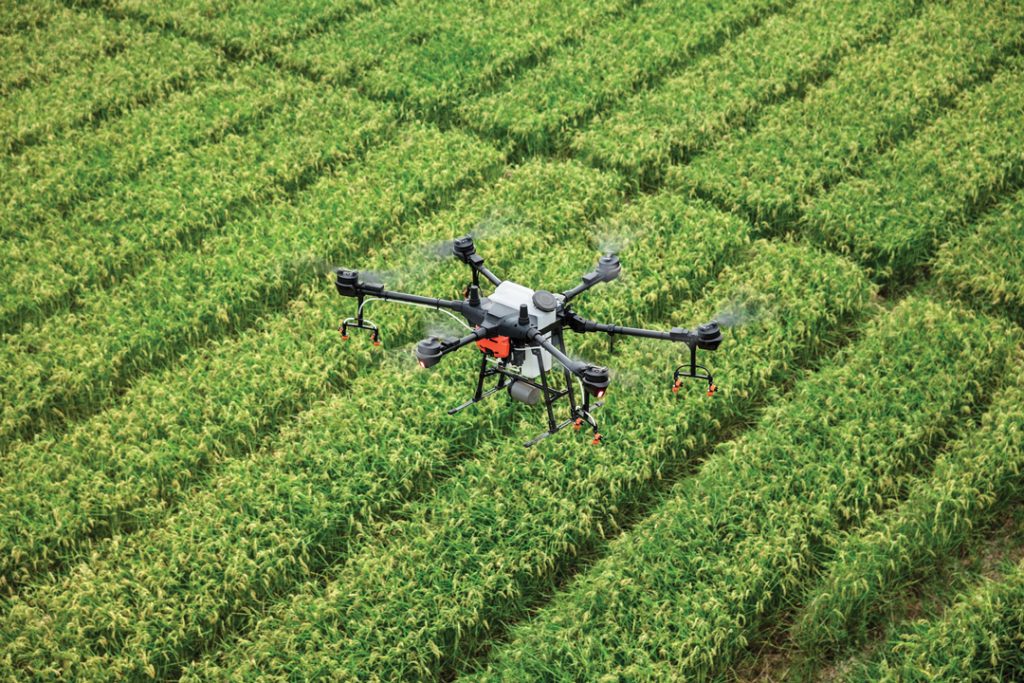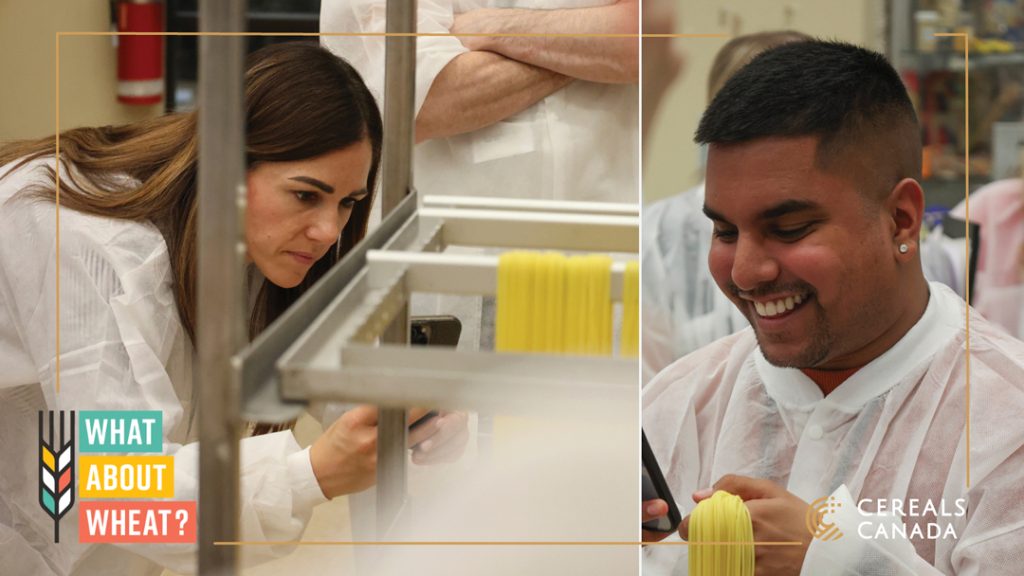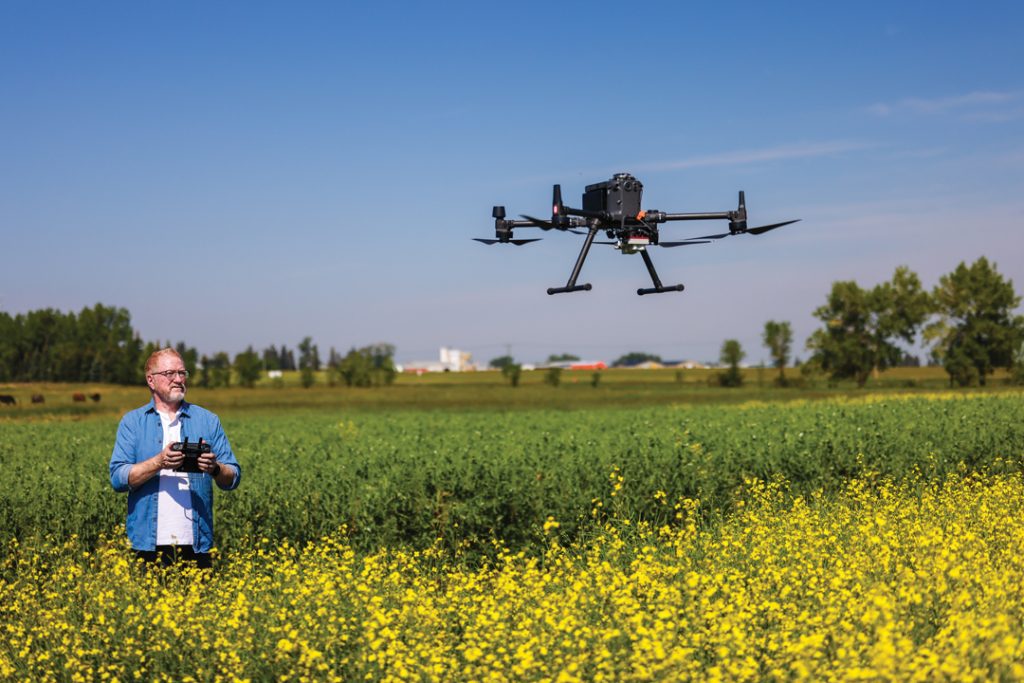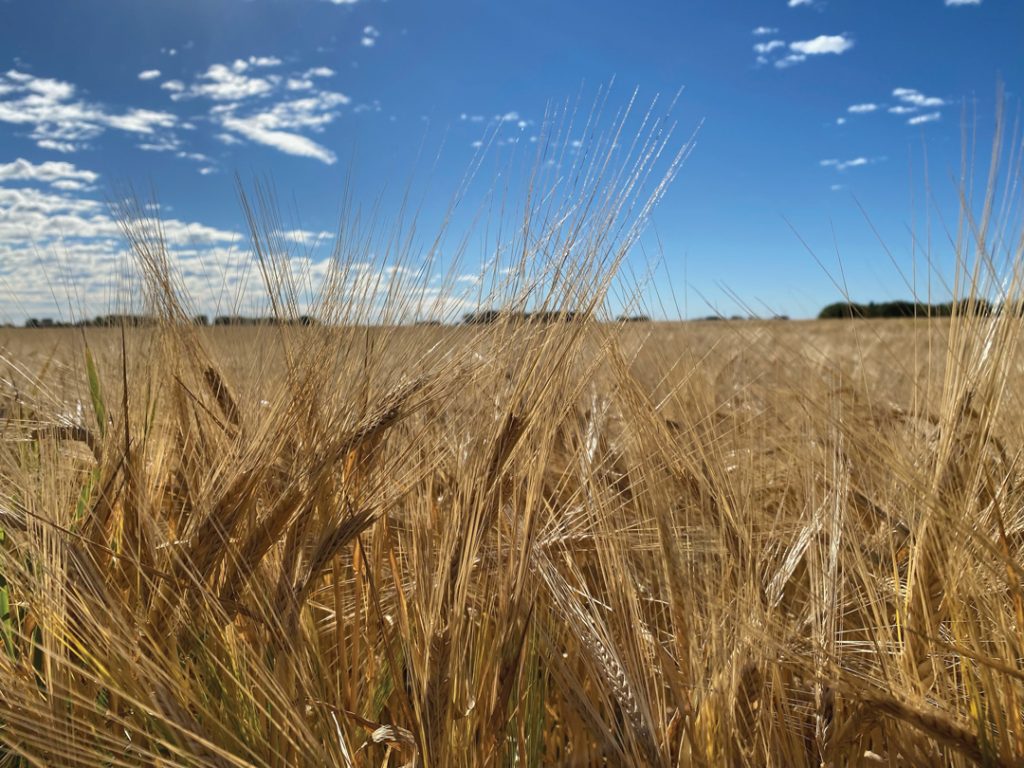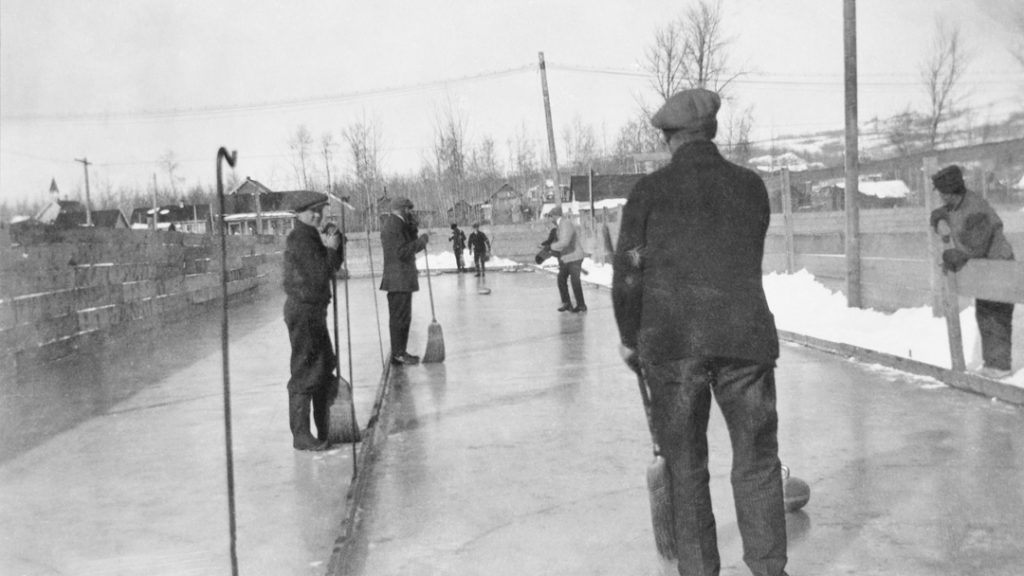THE ANSWER MAN
Established by the Government of Alberta in 1973 to help farmers protect their rights in dealings with the booming oil and gas industry of the day, the Farmers’ Advocate Office (FAO) has been greatly expanded from its original mandate. The office later merged with the Property Rights Advocate office and is now known as the Farmers’ and Property Rights Advocate Offices (FPRAO). Its modest team supports farmers and ranchers as they navigate a range of regulatory, environmental and legal issues.






